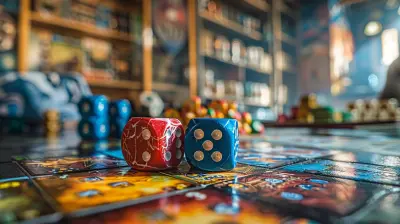The Role of Environmental Hazards in Creating Dynamic Playfields
19 November 2025
When it comes to crafting unforgettable gaming experiences, one of the most underappreciated elements often lurking in the background is environmental hazards. Whether it’s lava pits, collapsing buildings, or storms ripping through the battlefield, these hazards have a unique way of making games more engaging, challenging, and downright fun. But why are they so effective? And how do they shape the playfields we know and love? Let’s dive deep into the role of environmental hazards in creating dynamic playfields and why they’re more important than you might think.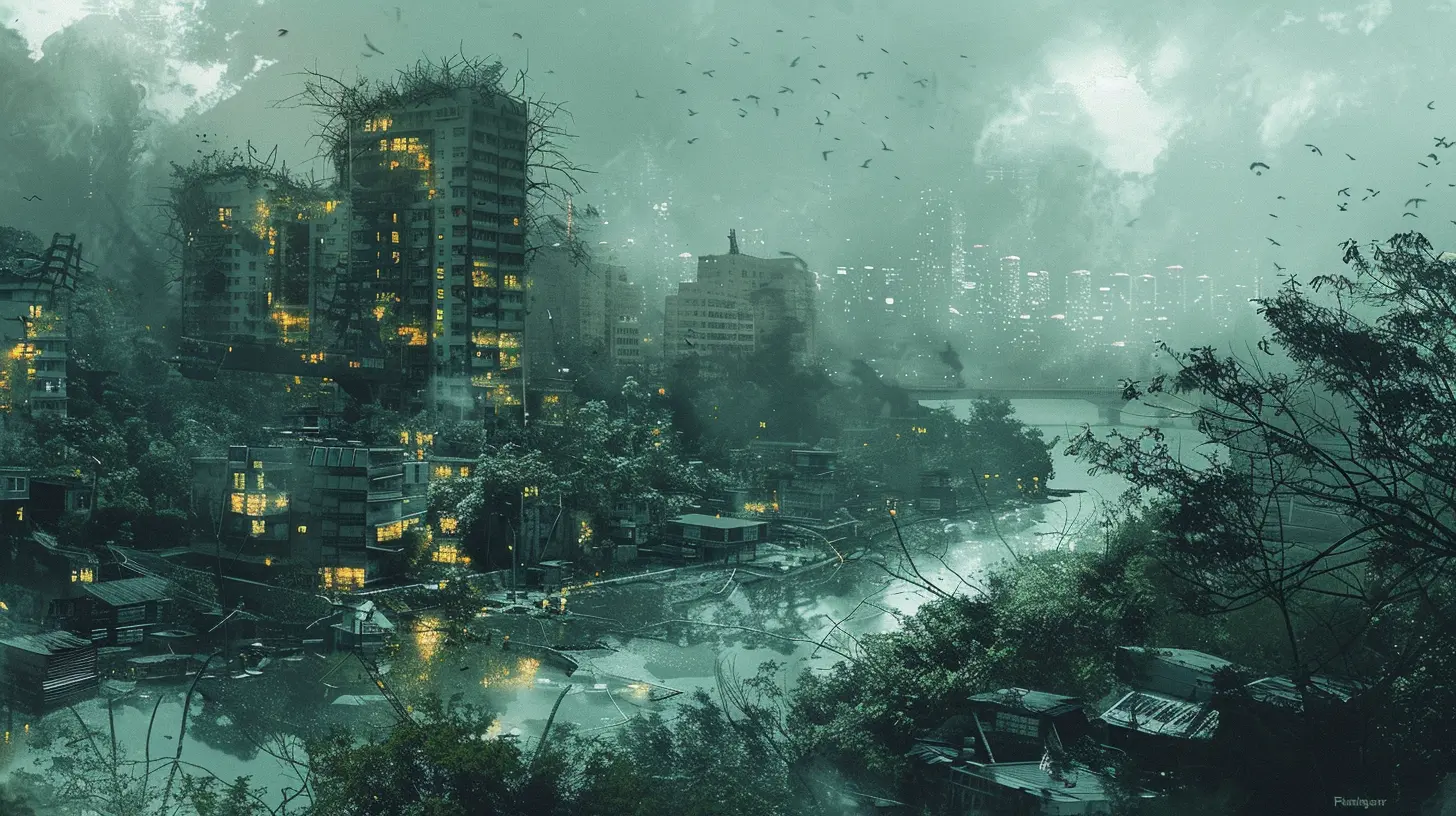
What Are Environmental Hazards in Gaming?
First things first, let’s clear up what we mean by “environmental hazards.” Simply put, these are obstacles or threats in the game’s world that can affect players, enemies, or even the environment itself. Unlike enemies or NPCs, environmental hazards are non-living challenges. Think of them as nature's way of saying, “Good luck, buddy!”From poison gas zones in battle royales like PUBG to rising floodwaters in puzzle-platformers like Inside, these hazards add an extra layer of complexity to gameplay. They’re the unpredictable spice in the gaming stew—sometimes terrifying, sometimes thrilling, but never boring.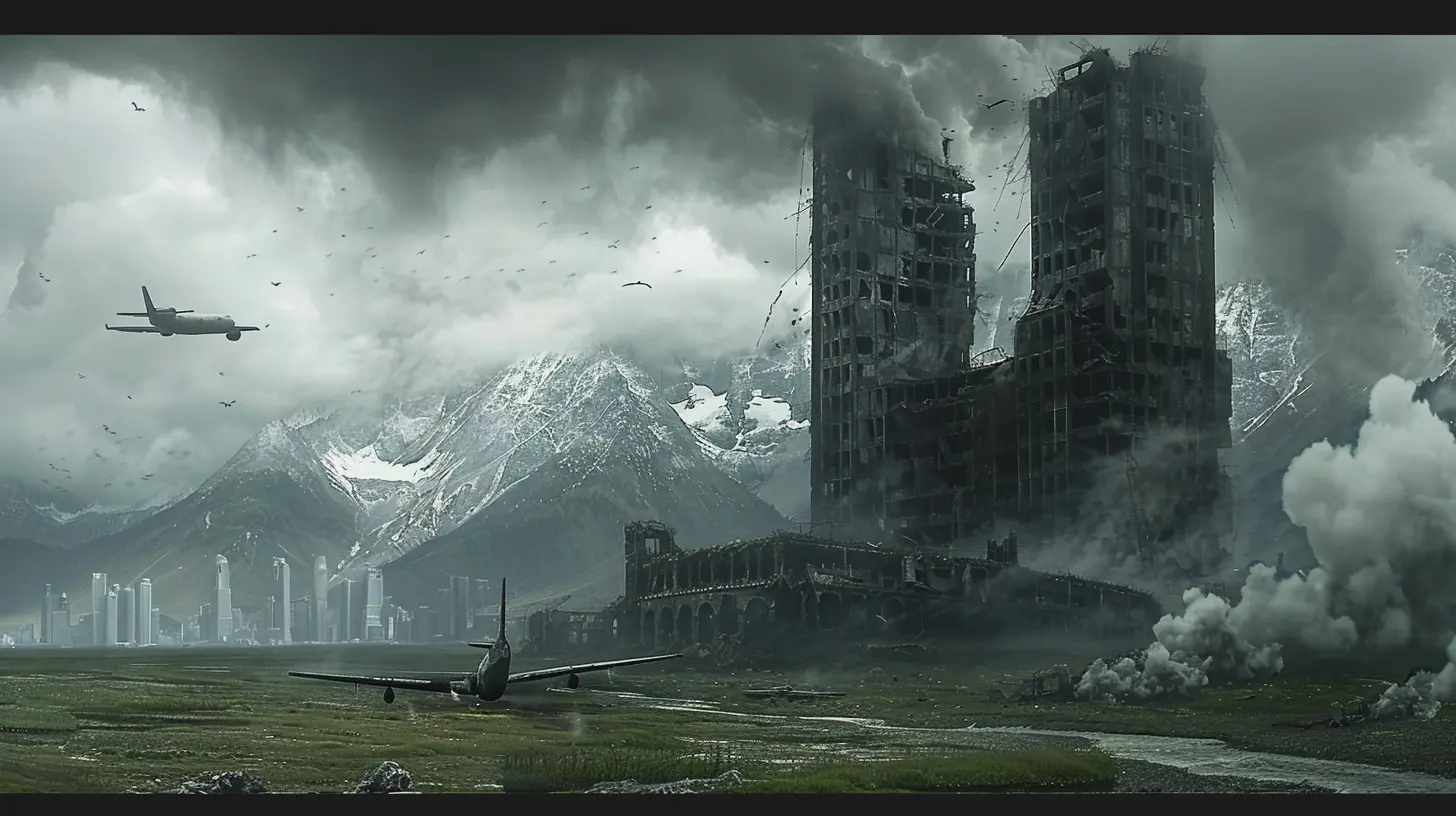
Why Environmental Hazards Matter
Okay, so environmental hazards are cool, but why do they matter so much? The answer lies in how they shape gameplay dynamics. Without them, games can feel flat, predictable, and just plain repetitive. Here’s how hazards take gaming to the next level:1. They Keep Players on Their Toes
Imagine playing a game without any surprises—every step you take is calculated, every enemy encounter is scripted, every path is safe. Boring, right? Environmental hazards inject unpredictability into gameplay. A sudden earthquake might open up a chasm, forcing you to rethink your route. A snowstorm might obscure visibility, making every move a gamble. This constant state of “What’s going to happen next?” keeps players on edge in the best way possible.2. They Create High-Stakes Moments
Environmental hazards are the ultimate high-risk, high-reward mechanism. Take the shrinking play zone in Fortnite, for example. As the storm closes in, players are forced to move closer to each other, which ramps up tension and speeds up the game’s pace. It’s that “fight or flight” moment where split-second decisions can make or break the game. And let’s be honest, we all live for the adrenaline rush of moments like these.3. They Drive Player Creativity
When the environment itself becomes a threat, players are encouraged to think outside the box. How can you use the terrain to your advantage? Can you bait an enemy into a hazardous area? Or maybe you’ve got to MacGyver your way through a tough spot using the tools at hand. These challenges force you to adapt, improvise, and strategize in ways you wouldn’t in a hazard-free world.4. They Add Depth to the Game World
Environmental hazards don’t just make gameplay interesting—they also make the game world feel alive. A game where the environment reacts to what’s happening (or vice versa) feels immersive. When a volcano erupts, and molten lava consumes the battlefield, it’s not just a gameplay mechanic. It’s storytelling. It shows players that this world exists beyond them, with its own rules, dangers, and consequences.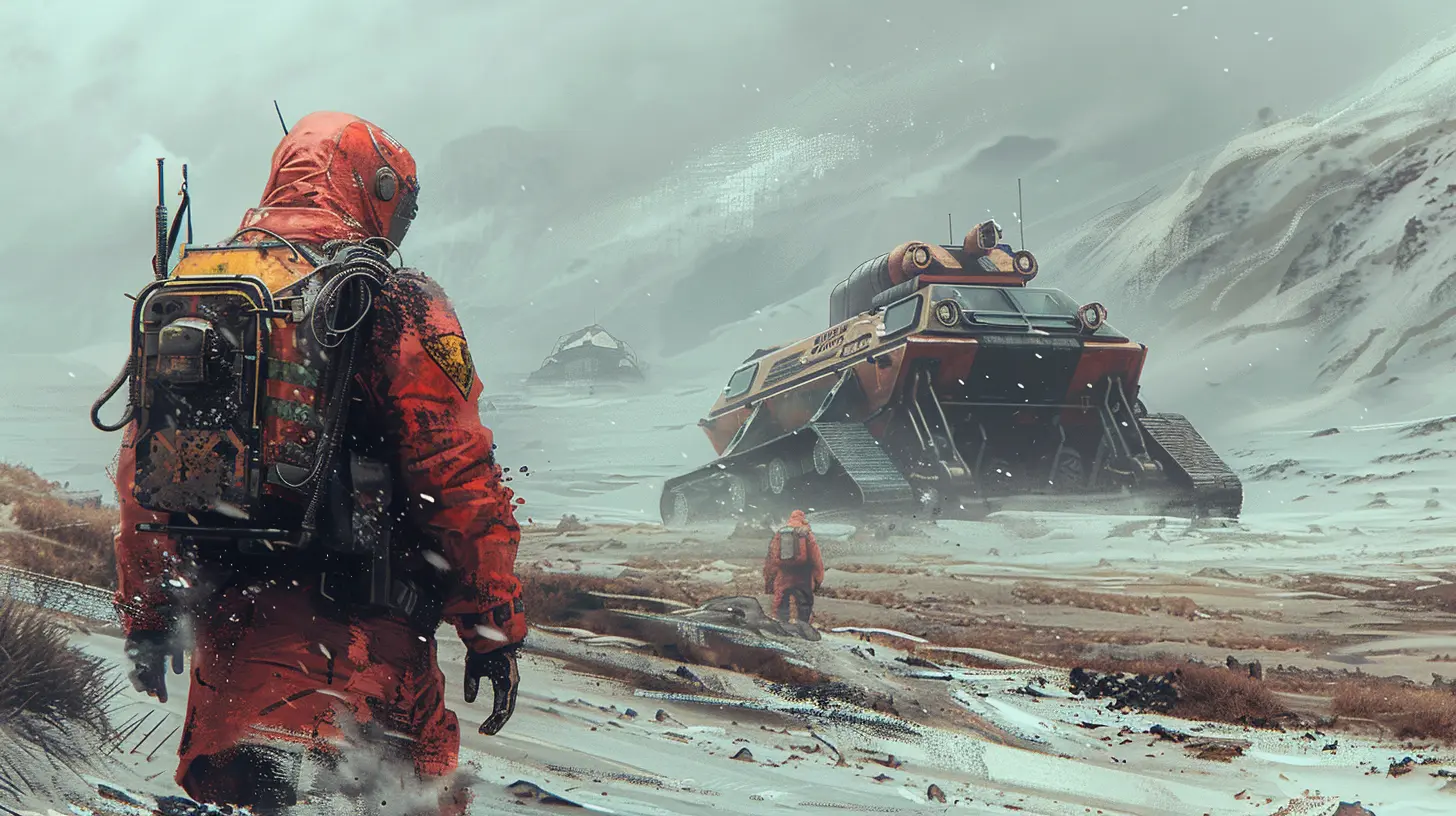
Types of Environmental Hazards and How They Impact Gameplay
Not all environmental hazards are cut from the same cloth. Game developers use a wide variety of hazards to keep players engaged. Here’s a breakdown of the most common types and the unique ways they shake up gameplay.1. Natural Disasters
- Examples: Tornadoes, earthquakes, tsunamis, sandstorms- Impact: Natural disasters often come with widespread destruction and chaos. In games like Battlefield 2042, destructive tornadoes can turn a safe zone into a deathtrap in seconds. Players must navigate through or around these hazards while staying on mission.
Natural disasters have a knack for leveling the playing field. It doesn’t matter how good you are at sniping if a sandstorm reduces your visibility to zero!
2. Hazardous Terrain
- Examples: Lava pits, quicksand, spike traps, collapsing platforms- Impact: Hazardous terrain forces players to think spatially. Where can you safely land? Is it worth crossing that sketchy bridge for the loot on the other side? Games like Super Mario Bros. master this type of hazard, turning even a simple jump into a nerve-wracking decision.
3. Dynamic Weather
- Examples: Snowstorms, rain-soaked roads, intense sunlight- Impact: Dynamic weather doesn’t just look cool—it can directly impact gameplay. In The Legend of Zelda: Breath of the Wild, rain makes climbing surfaces slippery, while thunderstorms can electrocute you if you’re carrying metal weapons. These mechanics add realism and challenge, making the world feel alive.
4. Zone-Based Hazards
- Examples: Radiation zones, shrinking circles, poison clouds- Impact: Zone-based hazards are a favorite in competitive multiplayer games. They force players to stay mobile and make tough decisions. Do you risk staying in the zone a little longer to grab rare loot, or do you play it safe and move to higher ground?
Battle royale games like Apex Legends and Call of Duty: Warzone thrive on this mechanic. It’s a brilliant way to keep the action flowing and the tension high.
5. Interactive Environmental Hazards
- Examples: Exploding barrels, falling debris, breakable floors- Impact: These hazards put the power in the player’s hands—literally. Want to ambush an enemy? Shoot the rope holding up a heavy chandelier. Need to clear a path? Blow up a wall with a conveniently placed barrel. The Uncharted series excels in this department, combining environmental puzzles with combat scenarios to keep players engaged.
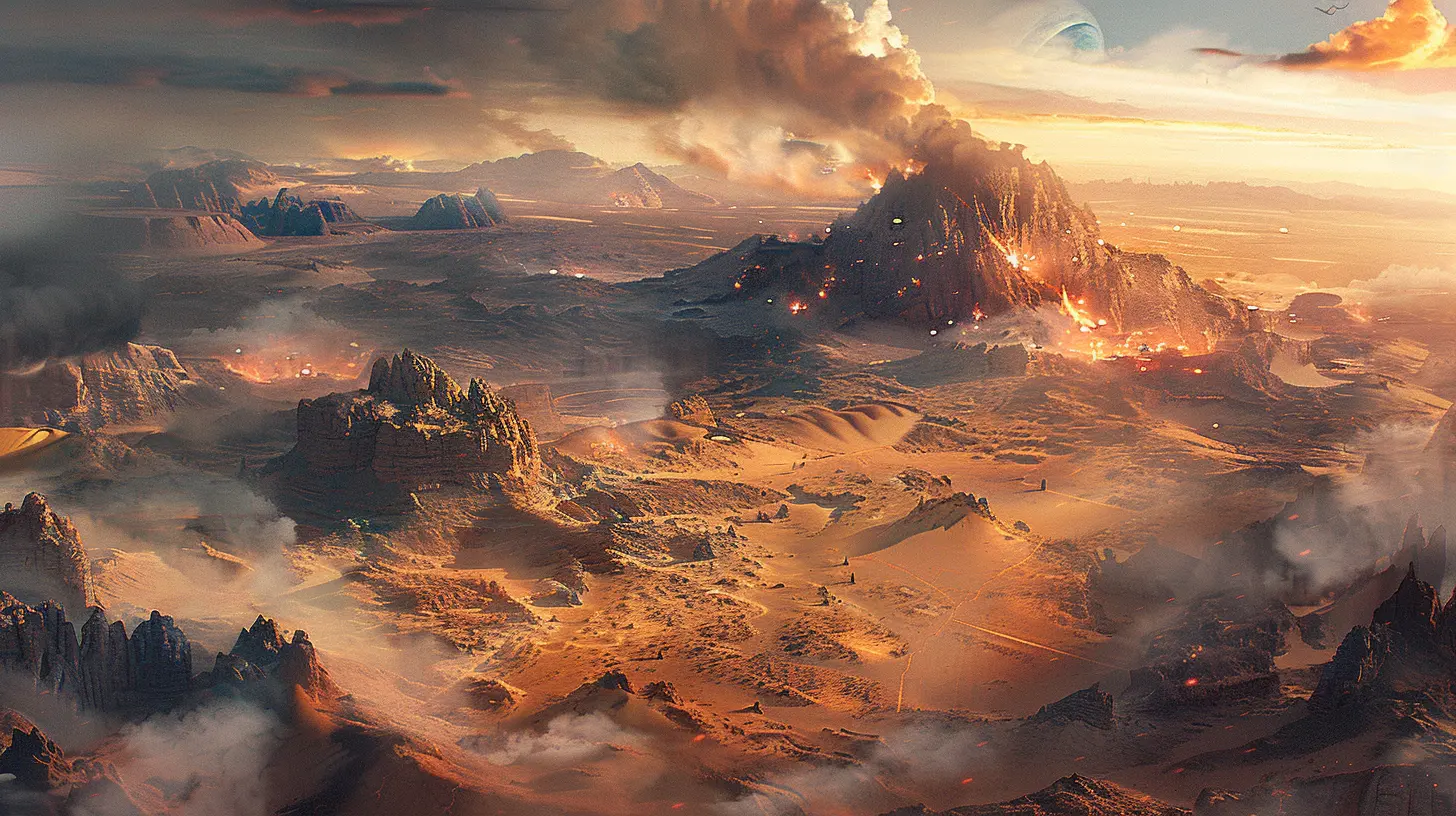
Balancing Environmental Hazards: A Developer’s Perspective
For game developers, adding environmental hazards is a bit like seasoning a dish—you want just enough to enhance the flavor, but not so much that it overpowers everything else. Poorly implemented hazards can frustrate players instead of challenging them. Nobody likes getting one-shot by a surprise boulder they had no way of dodging.Good hazards are:
- Predictable (in a good way): Players should recognize the warning signs—like smoke drifting up from a volcano or cracks forming in the ice.
- Avoidable: There should always be a way to outsmart or evade hazards, even if it’s difficult.
- Rewarding: Surviving a hazardous situation should feel satisfying, whether through points, loot, or just the thrill of escaping by the skin of your teeth.
The Future of Environmental Hazards in Gaming
As gaming technology evolves, we’re seeing even more innovative uses for environmental hazards. Artificial intelligence, for instance, can make hazards smarter and more reactive. Imagine a forest fire in a future RPG that spreads based on wind patterns, or a snowstorm that builds over time, gradually blocking off certain routes.Virtual reality (VR) and augmented reality (AR) are also game changers. What if you could physically feel the rumble of an earthquake or the sting of icy wind? These technologies are opening up new ways for players to interact with hazardous worlds, making them feel more real than ever.
Conclusion: Embracing the Chaos
Environmental hazards are more than just obstacles—they’re the unsung heroes of dynamic playfields. They push us out of our comfort zones, force us to adapt, and make every gaming session unpredictable and exhilarating. Whether you’re dodging bullets and lightning strikes in a battle royale or carefully navigating a crumbling platform in a platformer, hazards remind us why we love games in the first place: for the thrill of the challenge, the rush of uncertainty, and the stories we take away from the chaos.So, next time you’re cursing a raging storm or a collapsing bridge, take a moment to appreciate the brilliance behind it. After all, without environmental hazards, games wouldn’t be half as exciting—or memorable.
all images in this post were generated using AI tools
Category:
Game MechanicsAuthor:

Leandro Banks
Discussion
rate this article
1 comments
Atlas Franco
This article effectively highlights how environmental hazards enhance gameplay by introducing unpredictability and strategy. Balancing risk and reward keeps players engaged, but it’s crucial to ensure these elements are fair and not overly punitive.
November 19, 2025 at 5:40 PM
